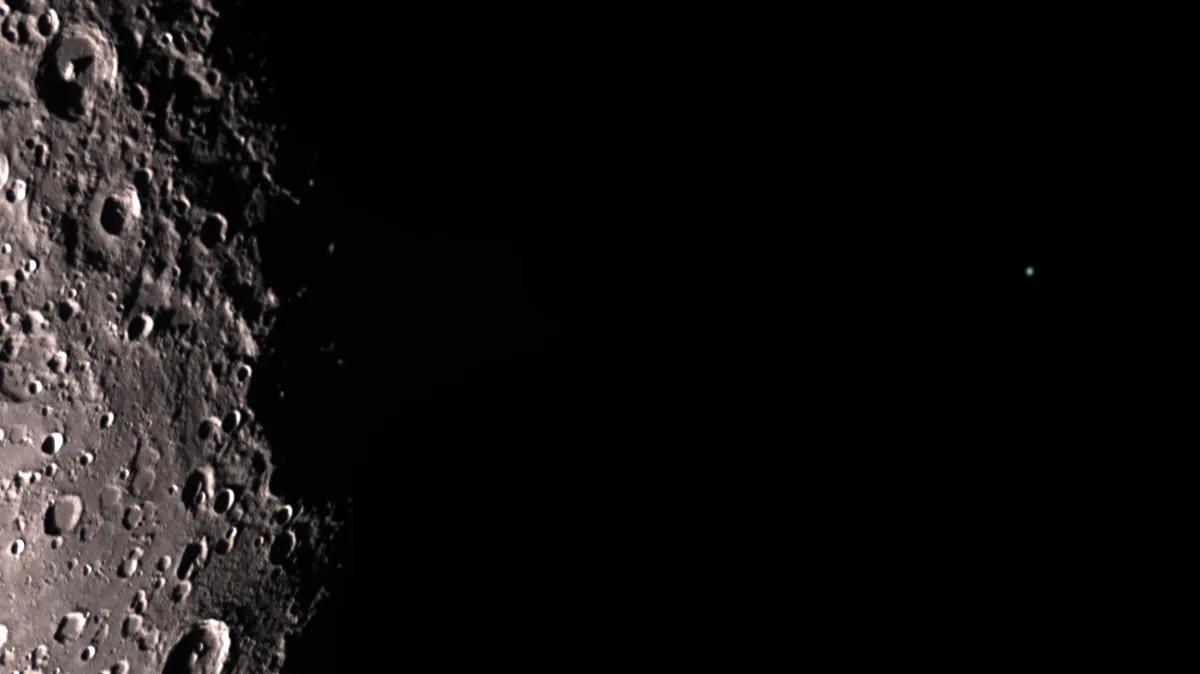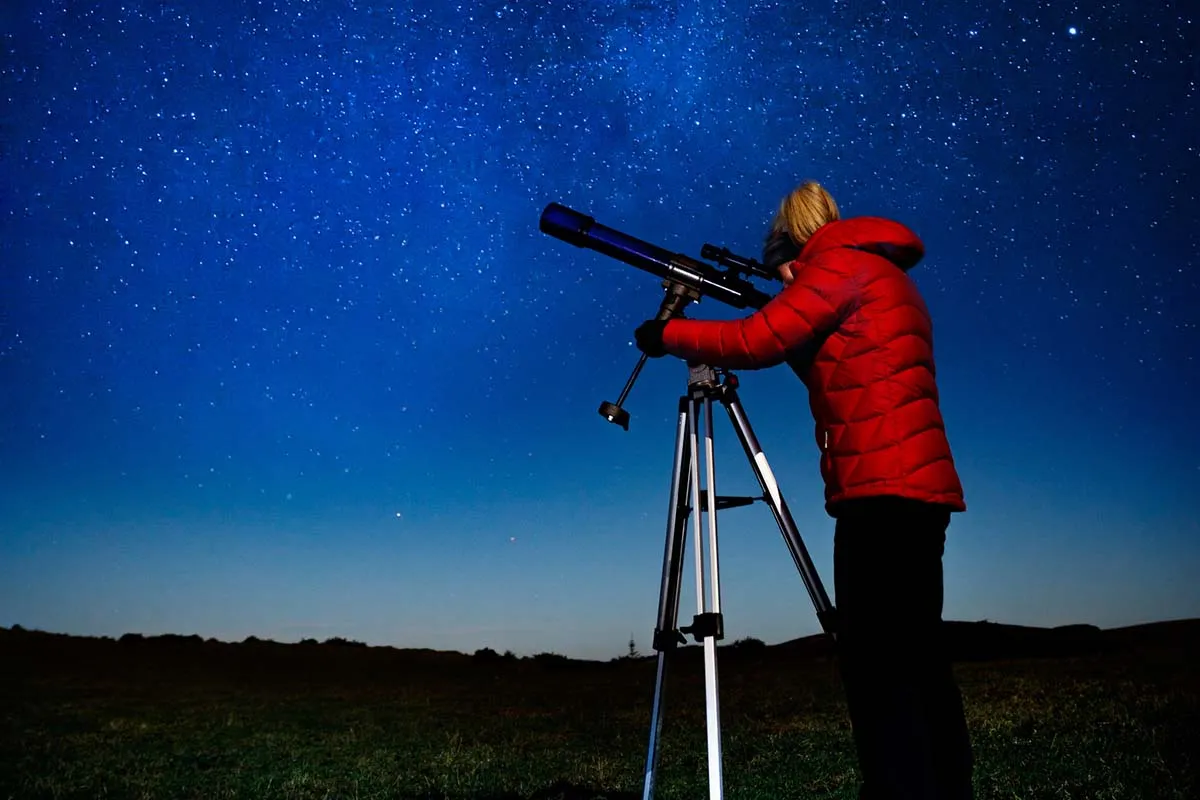The Moon passes in front of Uranus late in the evening on New Year’s Day, an event known as a lunar occultation.
It is difficult to give precise timings because location makes a big difference with this occultation, but generally speaking the best time to see the lunar occultation of Uranus will be 1 January 2023 from 21:45 UT until 23:40 UT.
It is the southern edge of the Moon that occults the planet and, depending on where you live in the UK, you will either see a near-miss, a grazing occultation or a full occultation.
Keep up to date with what's happening in the night sky by listening to our Star Diary podcast or by signing up to receive the BBC Sky at Night Magazine e-newsletter.

Where the occultation is visible in the UK
The transition or graze line between near-miss and full occultation runs from Pembroke in south Wales, through the Midlands and East Anglia, leaving the east coast near Lowestoft.
Anywhere south of this line sees a near-miss; those further north see a full occultation.
The deepest occultation will be seen from northern Scotland, with disappearance at 22:13 UT and reappearance at 23:10 UT.
For those in the middle of the UK, the event runs from 22:26 UT to 23:04 UT, but as you get closer to the transition zone the time difference between disappearance and reappearance narrows.

From the graze zone, Uranus will appear clipped by the Moon’s southern edge at 22:42 UT, but as ever we recommend watching from 20–30 minutes earlier so you don’t miss anything.
If you happen to be on the graze line, you may be lucky enough to see a grazing occultation, where the planet dips in and out of visibility as it passes behind lumps and bumps on the Moon’s southern limb.
From some locations Uranus may only partially disappear.
Although a telescope will give a view of the Moon with Uranus as a disc, binoculars can also be used to see the lunar occultation, where mag. +5.7 Uranus appears just like a dim star hidden – or nearly hidden depending where you live – by the Moon.
Observing a Uranus occultation

Uranus is a distant world and appears quite small, even through a large telescope.
With an apparent diameter of 3.8 arcseconds, it doesn’t take the Moon very long to cover it.
A telescope setup showing the entire Moon’s disc guarantees a view of the reappearance, although it’ll be hard to see Uranus as anything more than a dot.
More magnification will show the planet as a disc, but this increases the possibility of missing the reappearance.
If you have an accurate, polar-aligned mount, centring on Uranus at high magnification and sticking with it as the Moon performs the occultation is the best way to guarantee a high-powered view.
This guide originally appeared in the January 2023 issue of BBC Sky at Night Magazine.
